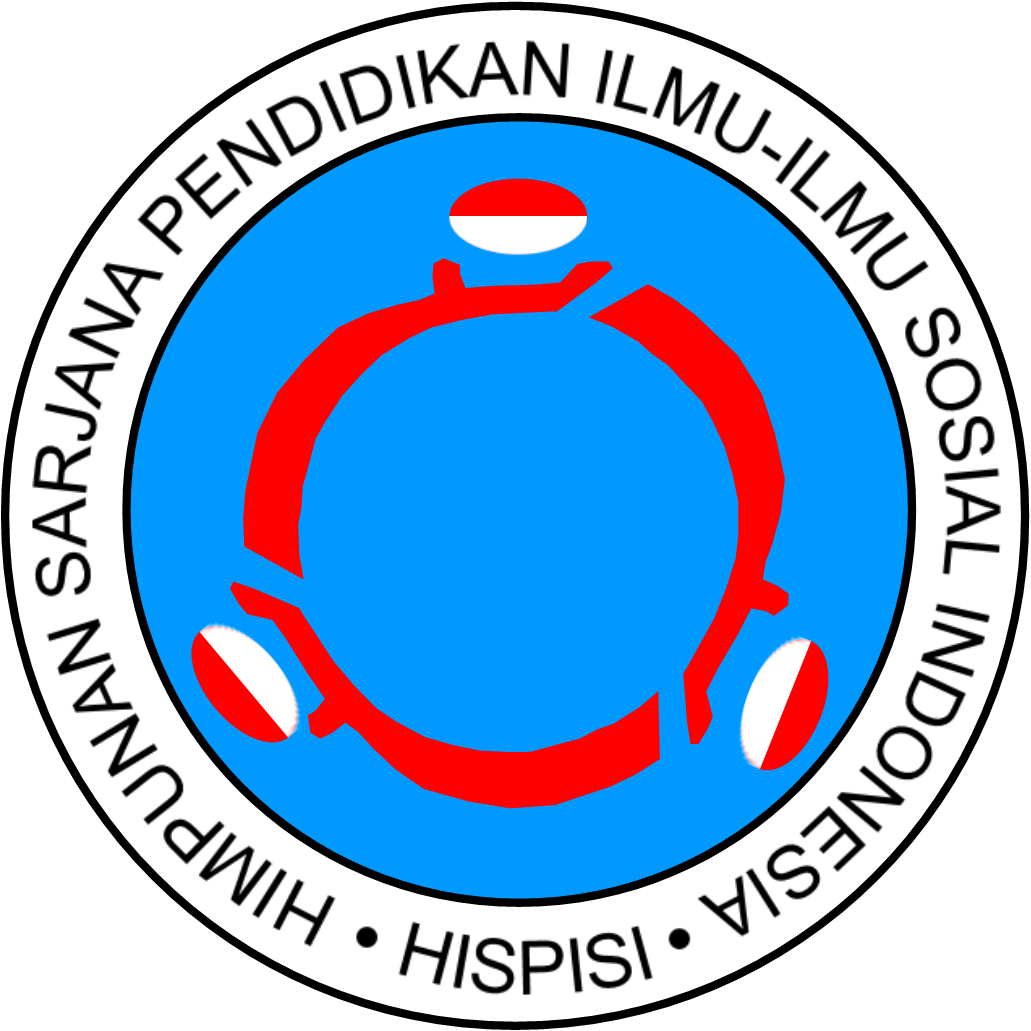The Impact of Tourist Behaviors Towards the Society Behavioral Change in Karimunjawa, Indonesia
Abstract
The increasing number of tourist visiting Taman Nasional Karimunjawa, Karimunjawa National Park, (herein referred to as TNKJ) has resulted in increased social interaction between tourists and local people. These conditions can affect the attitude of the community in Karimunjawa. The purpose of this study is to measure the influence of tourist behavior on changes in people's attitudes using a simple linear regression analysis method. The study was conducted in October-December 2019 with the research sample being the community of tourism service providers and non-tourism service providers. The hypothesis of this study is a negative influence of the perpetrators of tourists on the attitude of the people of TNKJ. The results of data analysis obtained (1) there is a significant influence of tourist behavior on the attitude of tourism service providers, as evidenced by the regression equation Y = 23,357 + 0.457X and the coefficient of determination of 22.6%. (2) there is no significant influence between the behavior of tourists on the attitude of the community not the provider of tourism services, as evidenced by the regression equation Y = 31,404 + 0.168X, but the t-test value is 1,947 <1,994 and the coefficient of determination is 5.3%.
Keywords
Full Text:
PDFReferences
Ajzen, I., and Fishbein, M. (2000). Attitudes and the attitude-behavior relation: Reasoned and automatic processes. European review of social psychology, 11(1), 1-33.
Bardis, P. D. (1979). Social interaction and social processes. Social Science, 54(3), 147-167.
De Jaegher, H., Di Paolo, E., and Gallagher, S. (2010). Can social interaction constitute social cognition?. Trends in cognitive sciences, 14(10), 441-447.
Fahlevy, R., dan Saputri, R. T. (2019). Pengaruh perubahan sosial dan perkembangan pariwisata terhadap perekonomian masyarakat desa Kurau Barat Kecamatan Koba Kabupaten Bangka Tengah. Jurnal Pendidikan Ilmu Sosial, 29(1), 42-48.
Goossens, C. (2000). Tourism information and pleasure motivation. Annals of tourism research, 27(2), 301-321.
Hacieminoglu, E. (2016). Elementary school students' attitude toward Science and related variables. International Journal of Environmental and Science Education, 11(2), 35-52.
Kock, F., Josiassen, A., and Assaf, A. G. (2018). On the origin of tourist behavior. Annals of Tourism Research, 73(C), 180-183.
Koerber, A., and McMichael, L. (2008). Qualitative sampling methods: A primer for technical communicators. Journal of business and technical communication, 22(4), 454-473.
Lukman, K. M., Uchiyama, Y., Quevedo, J. M. D., and Kohsaka, R. (2022). Tourism impacts on small island ecosystems: public perceptions from Karimunjawa Island, Indonesia. Journal of Coastal Conservation, 26(3), 14.
Munica, R. (2021). Gambaran celebrity worship terhadap idola-kpop pada mahasiswa selama pandemi covid-19. Ranah Research: Journal of Multidisciplinary Research and Development, 4(1), 90-98.
Murphy, L. (2001). Exploring social interactions of backpackers. Annals of tourism Research, 28(1), 50-67.
Mathew, P. V. (2022). Sustainable tourism development: Discerning the impact of responsible tourism on community well-being. Journal of Hospitality and Tourism Insights, 5(5), 987-1001.
Ni’am Laksono, A., dan Mussadun, M. (2014). Dampak aktivitas ekowisata di Pulau Karimunjawa berdasarkan persepsi masyarakat. Teknik PWK (Perencanaan Wilayah Kota), 3(2), 262-273.
Oktaviyanti, S. S. (2013). Dampak sosial budaya interaksi wisatawan dengan masyarakat lokal di Kawasan Sosrowijayan. Jurnal Nasional Pariwisata, 5(3), 201-208.
Osborne, J., Simon, S., and Collins, S. (2003). Attitudes towards science: A review of the literature and its implications. International journal of science education, 25(9), 1049-1079.
Prayogi, P. A. (2011). Dampak perkembangan pariwisata di objek wisata Penglipuran. Jurnal Perhotelan dan Pariwisata, 1(1), 64-79.
Ratnasari, K., and Bhudiharty, S. (2017). The perception of tourist elderly visit to Ancol. JRMSI-Jurnal Riset Manajemen Sains Indonesia, 8(2), 194-208.
San Martín, H., and Del Bosque, I. A. R. (2008). Exploring the cognitive–affective nature of destination image and the role of psychological factors in its formation. Tourism management, 29(2), 263-277.
Seyidov, J., and Adomaitienė, R. (2016). Factors influencing local tourists’ decision-making on choosing a destination: a case of Azerbaijan. Ekonomika, 95(3), 112-127.
Thelisa, B. Widiastuti. (2018). Pengaruh pariwisata terhadap kondisi sosial budaya masyarakat Karimunjawa, Jawa Tengah. Jurnal Manajemen Pariwisata, 4(2), 228-239.
Tikan, I., and Bala, K. (2017). Sampling and sampling methods. Biometrics & Biostatistics International Journal, 5(6), 00149.
Tribe, J., and Xiao, H. (2011). Developments in tourism social science. Annals of Tourism Research, 38(1), 7-26.
Widyawati, A. (2015). Akar konflik dalam masyarakat multikultural di Karimunjawa. Yustisia Jurnal Hukum, 4(3), 602-616.
Zuhroh, N. M., and Umanailo, M. (2021). Social interaction of celebritical students in phenomenology perspective. Psychology and Education, 58(4), 1959-1964.
DOI: https://doi.org/10.17509/jpis.v29i1.22961
Refbacks
- There are currently no refbacks.
Copyright (c) 2020 Sandy Suharto Putro, Nandi Kosmaryandi, Tutut Sunarminto

This work is licensed under a Creative Commons Attribution-NonCommercial-ShareAlike 4.0 International License.














